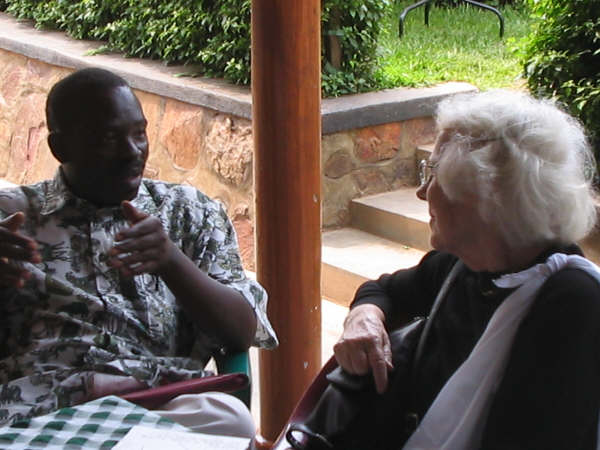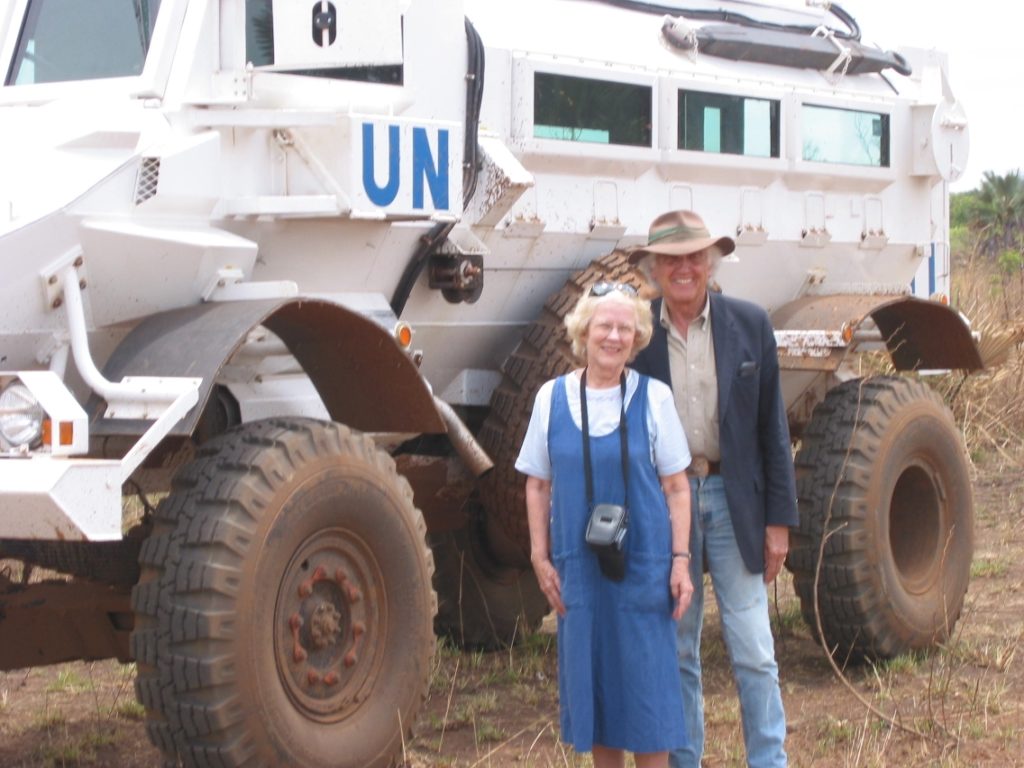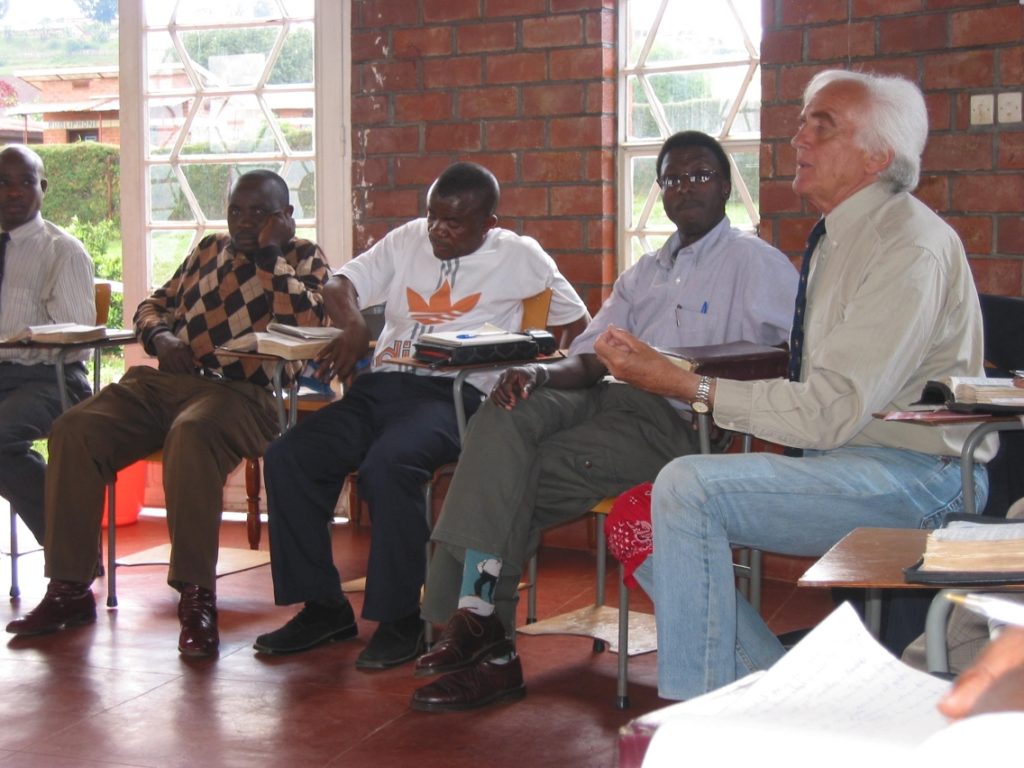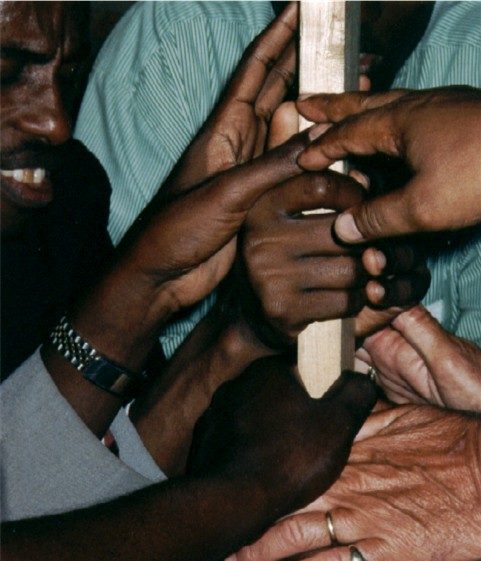
The Story of the Pilgrim Center
Our unique approach to reconciliation was first developed in Rwanda and neighboring Burundi in the aftermath of the 1994 genocide as a way to rebuild trust in individuals and communities that were shattered. Arthur and Molly were invited by World Vision to partner with one of their Eastern African leaders to explore what could be done to start the work of reconciliation in these deeply wounded countries. Many NGO’s were there providing needed practical support for basic necessities, yet who was there to listen to their broken hearts and begin the process of reconciling. You can build medical clinics, dig wells, and start schools, all of which were desperately needed, yet if people are still in conflict they will end up fighting over the clinic, the well, and the school. So our work of reconciliation was birthed.
The Beginning
It was very early morning. Our room in one of the few functioning hotels in Rwanda had a small balcony. Molly stood there a long time, looking out at the morning hills of Rwanda.
On that first day, she confessed, I stared at the beautiful hills of Rwanda that had seen such devastating evil in the awful killing time, and I asked God over and over, “Why have you brought me to this place? I have no skills, no expertise to help these people.”
And He said to me then and repeatedly in the months that followed, “I have brought you here to go to your knees before them, to ask the forgiveness of these people for what your own people of the West did, to divide them from each other.” I went to my knees and knelt before them and asked their forgiveness.


The way into the heart is not through information or explanation. What’s needed is a way to EXPERIENCE transformation.
The First Reconciliation Retreat
Some thirty people from the Tutsi and Hutu tribes, from many denominations gathered, and Molly did just that.
She pulled out a chair, placed it in the center of the room, knelt at the chair, waiting for the stunned circle to come.
One by one they began to surround her, lay hands on her, and prayed for her…the very forgiveness she had asked. The prayer time went on for hours and hours, with extraordinary truth, confession, repentance and forgiveness.
And then there were tears. That surprised us, as we had been advised by Rwandan experts that we would not likely receive a warm response for our efforts. Rwandan men do not express their emotions openly.

In the midst of this time of prayer, the pastors and the reconciliation team were kneeling at a small table in the center of the room. The Holy Spirit touched and healed their hearts, and the group’s tears puddled over the table. One Pastor brought over a towel to wipe the flood of tears.
The Retreat ended with praise and amazement. They all reaching to clasp the Cross at the center of the table, vowing to carry the message of reconciliation to every corner of their ruined country.
A Heart Problem, Not a Head Problem
After the genocide there were plenty of ideas of what reconciliation was. People were pouring in from the West to conduct seminars, workshops, lectures and teachings on reconciliation.
Suddenly there was another answer. The way into the heart is not through information or explanation. What’s needed is a way to experience transformation.
This was the beginning of our call to be reconcilers.
“They will rebuild the ancient ruins and restore the places long devastated. They will renew the ruined cities that have been devastated for generations.”
Isaiah 61:4
